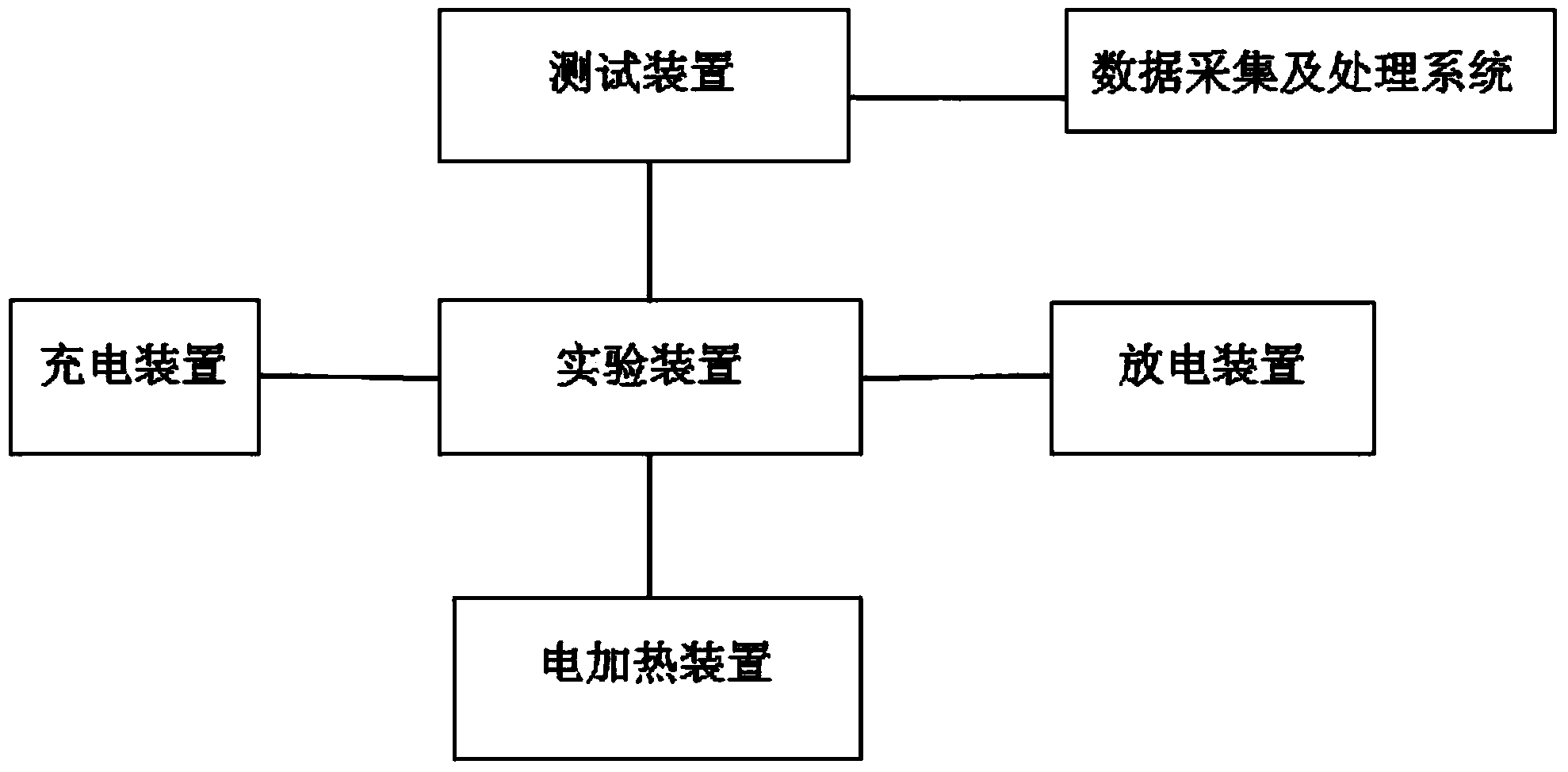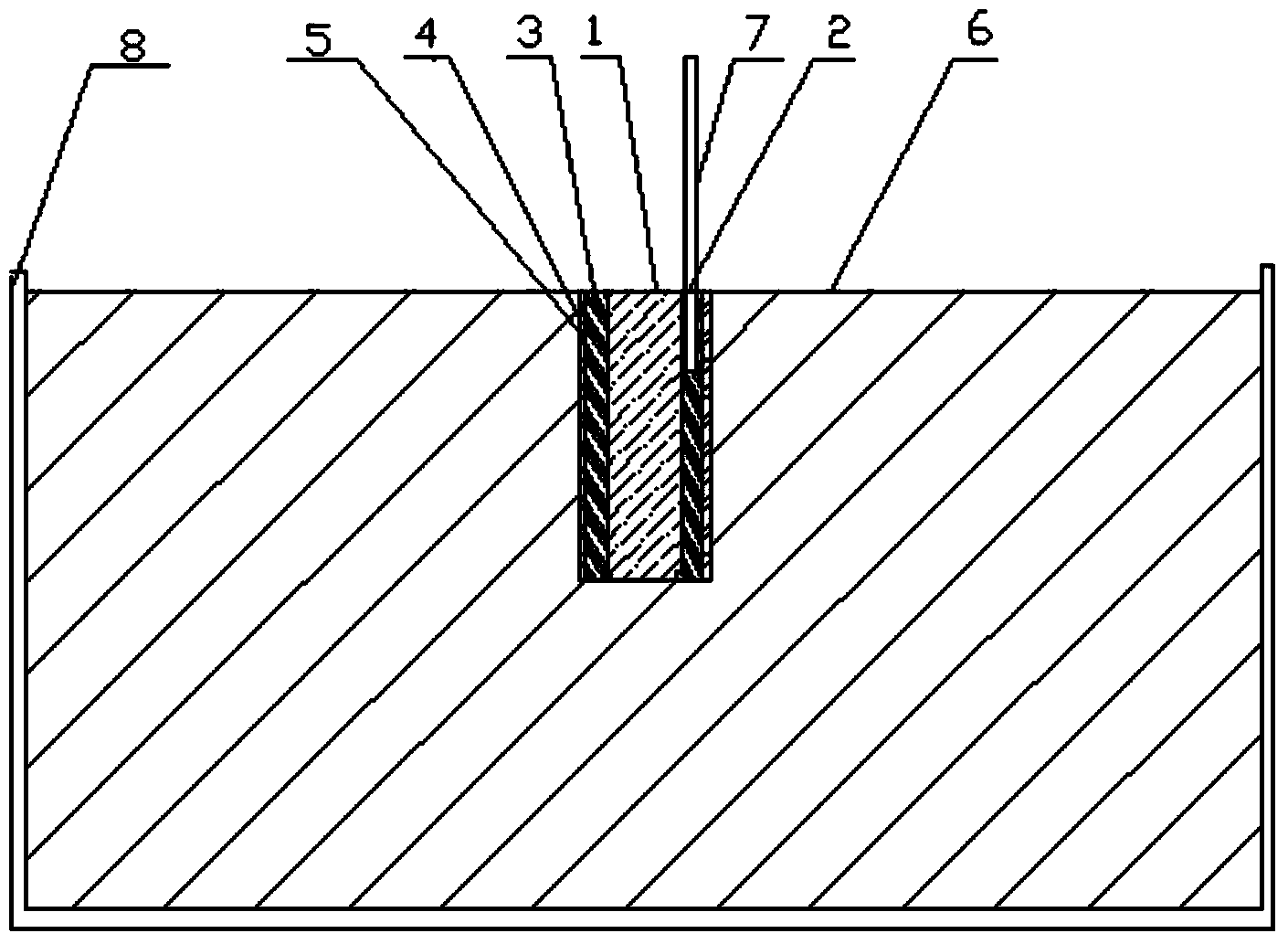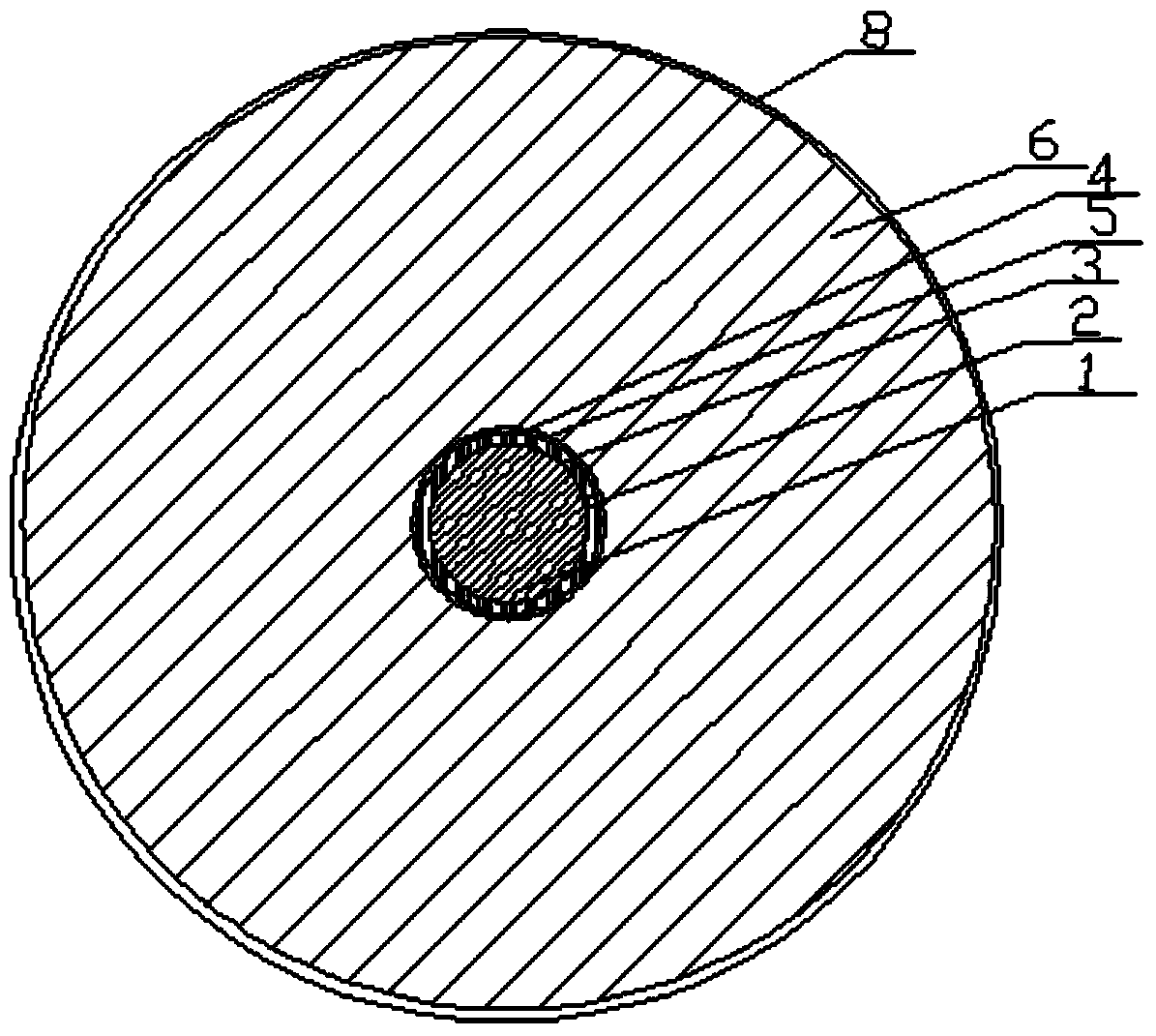Thermal runaway test analysis system for lithium ion battery
A lithium-ion battery, test and analysis technology, applied in the field of lithium-ion battery thermal runaway test and analysis system, can solve the problems of lithium-ion battery safety constraints and development, and achieve the effect of reasonable structure, multiple functions, and guaranteed test accuracy
- Summary
- Abstract
- Description
- Claims
- Application Information
AI Technical Summary
Problems solved by technology
Method used
Image
Examples
Embodiment Construction
[0029] The technical solution of the present invention will be further described in conjunction with the accompanying drawings and specific embodiments.
[0030] Refer to attached Figure 1-5, a lithium-ion battery thermal runaway test and analysis system, including an experimental device, an electric heating device, a charging device, a discharging device, a testing device, a data acquisition and processing system; the experimental device includes a heat pipe 3 and a heat preservation system; The bottom of the heat pipe 3 is provided with a hook angle 9, so that the longitudinal section of the heat pipe 3 is inverted convex; the outer wall of the heat pipe 3 is wound with a resistance wire 4, and the resistance wire 4 is provided with a The resistance wire access point 10 and the resistance wire connection point 11; the resistance wire 4 is evenly wound with high temperature resistant tape as the resistance wire fixing device 5, the heat pipe 3 is embedded in the heat preserv...
PUM
 Login to View More
Login to View More Abstract
Description
Claims
Application Information
 Login to View More
Login to View More - R&D
- Intellectual Property
- Life Sciences
- Materials
- Tech Scout
- Unparalleled Data Quality
- Higher Quality Content
- 60% Fewer Hallucinations
Browse by: Latest US Patents, China's latest patents, Technical Efficacy Thesaurus, Application Domain, Technology Topic, Popular Technical Reports.
© 2025 PatSnap. All rights reserved.Legal|Privacy policy|Modern Slavery Act Transparency Statement|Sitemap|About US| Contact US: help@patsnap.com



